Your First Grow Setup - How to Get Started Growing Autoflowering Cannabis

- 1. Outdoor
- 1. a. Sun
- 1. b. Water
- 2. Indoor
- 2. a. Space
- 2. b. Light
- 2. c. Water
- 2. d. Timer
- 2. e. Carbon filter
- 2. f. Growing medium
- 2. g. Nutes
So you're ready to start growing your own autoflowers, but you're not sure where to start. Searching on the internet seems to lead to an endless variety of choices regarding how, when, and where to grow your weed. You come away from your research more confused than when you started, but growing marijuana doesn't have to be that difficult or complicated. Stick to the basics, don't overthink it, and you can quickly grow massive autoflowering beasts with a minimum investment of both time and money. We'll start with the easiest way to grow ganja, outdoors, and then detail what you need to begin cultivating indoors.
1. Outdoor
A cannabis seed is a machine that turns sunlight, dirt, and water into weed, and all three of those things are free or close to free if you plan on cultivating indoors.
Sun
Your plants should ideally receive at least two or three hours of direct sunlight before 4 PM, but more certainly won't hurt them. There's no such thing as too much light when growing outdoors. Plant in a place where the morning and midday sun will shine directly on them. Of course, depending on your location you may need to balance direct sunlight with discretion. Fast Buds seeds grow well on apartment balconies and terraces, but not everyone lives in a place where you can display their hard work in plain view. Please stay safe and respectful of local laws and customs. If you have to sacrifice an hour or two of sunlight to protect your plant, or yourself, do it! Don't forget to check out the Top 5 Best Outdoor Autoflower Strains.
Water
The water needs of your cannabis plants will change based on your location. If you live in a tropical environment, you may have problems with too much water, and you're growing season may be as short as three months. If you live in a drier, warmer climate with longer sunlight hours for more months of the year you'll have a longer growing season but will need to water your plants regularly.
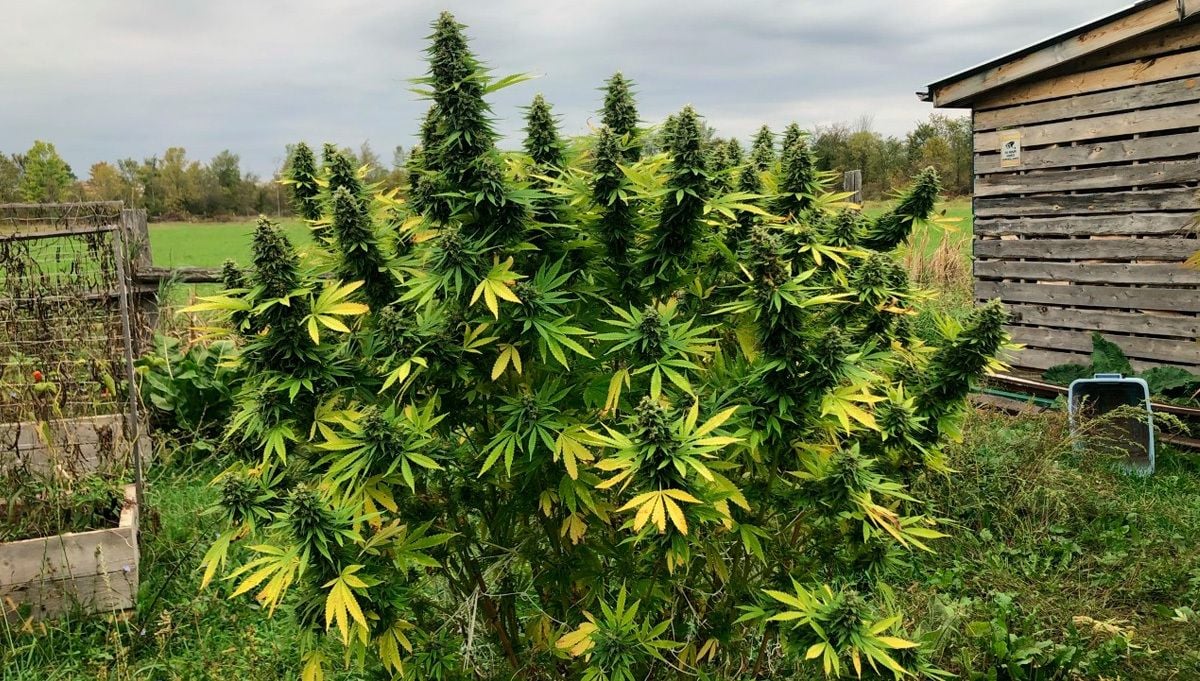
One thing you need to keep in mind is that the pH of the water that you are feeding your plants is very important. No matter how nutrient-dense the soil (or whatever growing medium you are using) is, these nutrients only become available to a cannabis plant when supplied with water in the correct pH range. This ensures the root zone pH is correct which allows for the uptake of nutrients
Ok, what is the correct pH range then?
Well that all depends on if you are growing in soil, coco coir, or with a pure hydroponic setup. If you are reading this article then chances are that you are looking to start cultivating for the first time, in which case we recommend growing in soil or coco-coir and leaving a full hydroponic grow for later in your journey. When using a soil-based substrate, it’s best to supply feed water with the 6.0 to 7.0 pH range. With coco-coir, a range of between 5.5 to 6.5 is what is required, and this is the same for hydroponic growing techniques.
When growing cannabis it’s important to test not only the feed water but also the runoff from the pots. This allows you to get a good understanding of what the pH level is at the root zone. A pH meter will work perfectly, and will also allow you to measure the temperature and EC levels of the water you are supplying to your crop. Coco-coir is actually the medium we most commonly recommend for first-time growers for a couple of reasons. It offers many of the advantages of both soil-based cultivation and hydroponics, it is extremely simple and forgiving to work with and is easy to flush if you find you are experiencing any nutrient issues.
2. Indoor
Growing indoors takes more forethought and effort as you need to provide everything for your plants in place of mother nature. That means you'll need a dedicated spot in your home, a light source, water, an electrical timer, a carbon filter, and a fan. Don't miss our Top 5 Best Indoor Autoflower Strains.
Space
Most indoor growers have light-proof tents in which to grow their plants. This allows them to control light, humidity, temperature, and more without changing them in the rest of their home. Small grow tents, perfect for one or two autoflower plants, can be found online for under 60 Euros.
If a tent in your home is too conspicuous, you can always follow the great American college dorm room tradition and grow in a discreet closet. Alternatively, you can build your own stealth grow chamber and disguise it as you see fit. Is your home already filled with computer parts? Then a PC-tower grow box might blend right in. Audiophile? Then a large speaker housing is a perfect option. Work or know someone who works in a kitchen? You can build an easy to hide "spacebucket" from 5 gallon or 20-liter buckets commonly used in commercial kitchens.
Light
You'll need your own replacement for the sun if you're growing outdoors. There are a few basic options to choose from.
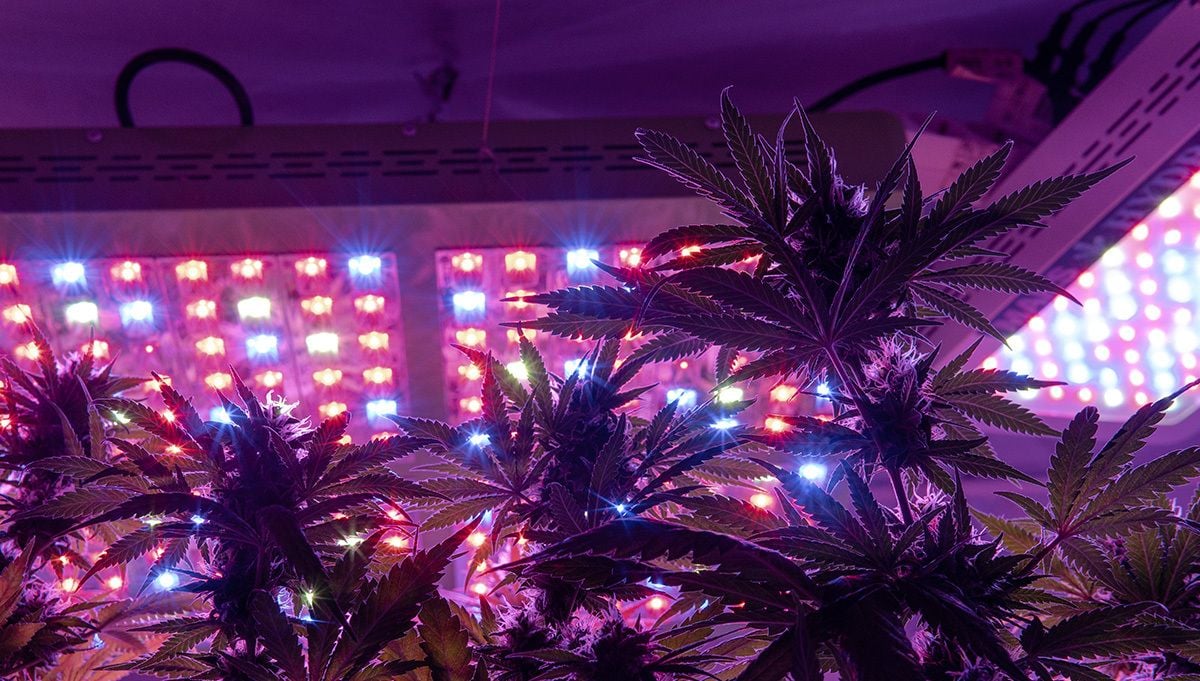
Here's a brief rundown, but don't forget to check out our full article on cannabis lighting options.
Fluorescent
Fluorescent lights come in a variety of forms, but all use modest amounts of electricity, are easy to buy at any hardware store, and they're inconspicuous as well.
HID
HID Bulbs use a lot of electricity, produce a lot of heat, and will significantly increase your yields. However, they take up a lot of space and are hard to fit in a stealth grow spaces.
LEDs
LEDs have come a long way. A single 100-watt cobb LED light will power a one or two-plant tent, making it the cheapest, stealthiest option for private growers.
Water
You'll need to water your plants. How much depends on your growing medium. See below.
Timer
Autoflower cannabis seeds will grow and flower regardless of light schedule. Many experienced growers recommend 20 hours of light followed by four hours of darkness, but 18/6 and 24/0 plans are also common. If you're not running 24-hour lighting, you'll need an electrical timer to keep your schedule consistent. While the plants will survive anything you choose, you'll want to keep the schedule regular. Inconsistent light timing can stress your plant and lead to lowered yields, or, even worse, hermaphroditic traits.
Carbon Filter
Good cannabis stinks. Growers may love its strong, pungent, and lingering odor, but the neighbors probably don't.
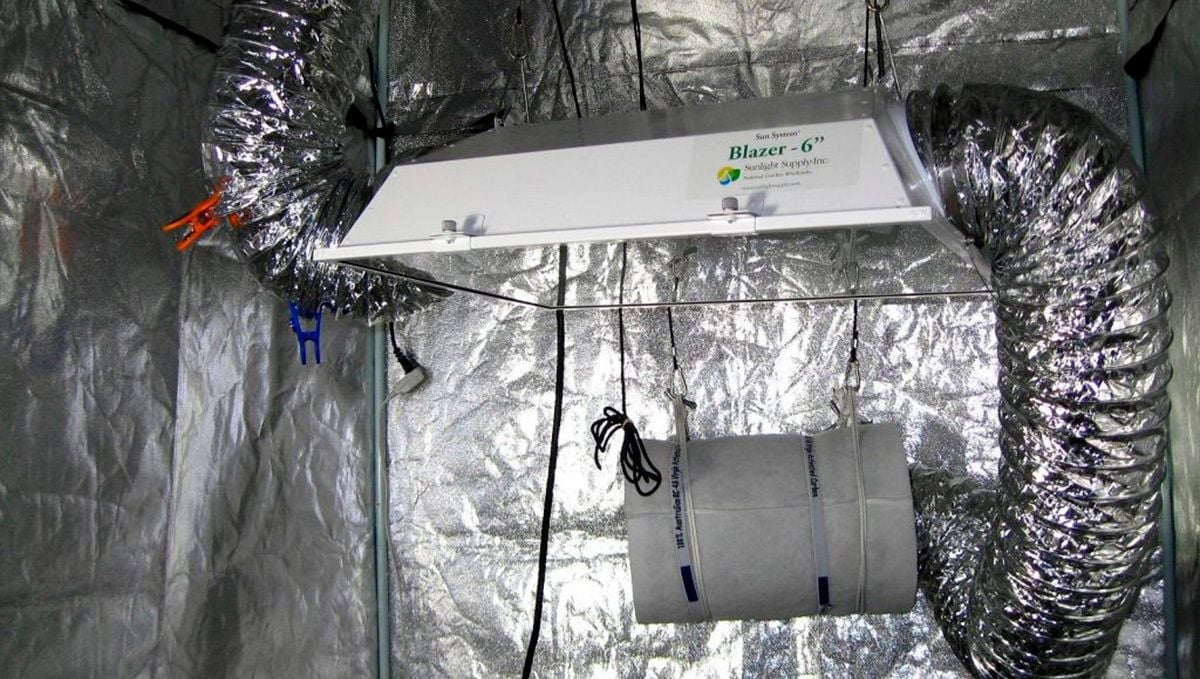
Be a good neighbor and protect yourself from nosy passers-by with a carbon filter and fan. This virtually eliminates all odor outside the tent, meaning you can grow with peace of mind.
Growing Medium
For your first grow, stick with nutrient-rich soil or a combination of coco coir and soil. There are other high-maintenance options including hydroponics, but we're keeping it quick and straightforward. Fast Buds seeds produce massive yields when grown in properly selected soil. Check out the soil section in our article, "How to Grow Cannabis Indoors" for more info.
Why a Mix of Soil and Coco are the Two Best Substrate Options for Novice Cannabis Growers
Ok, so if you really want to go down the full hydroponic setup route, then by all means, go right ahead. But, it's best to keep in mind that the vast majority of hyrdo growers started out with a few soil or coco-coir crops first. That’s because soil and coco-coir are both still excellent substrates for growing cannabis, and are much more forgiving than hydro.
Soil is the most traditional medium used to grow cannabis since it provides a natural environment for the plant. It can range from soil that you purchase in bags at your local garden store to soil taken directly from your own garden, and both will do just fine (as long as the garden soil is good stuff). You want soil that is nicely textured, smells fresh, and already has signs of life. Dig up a patch from the garden and see if there are some juicy earthworms floating about, that's a great sign of healthy soil.
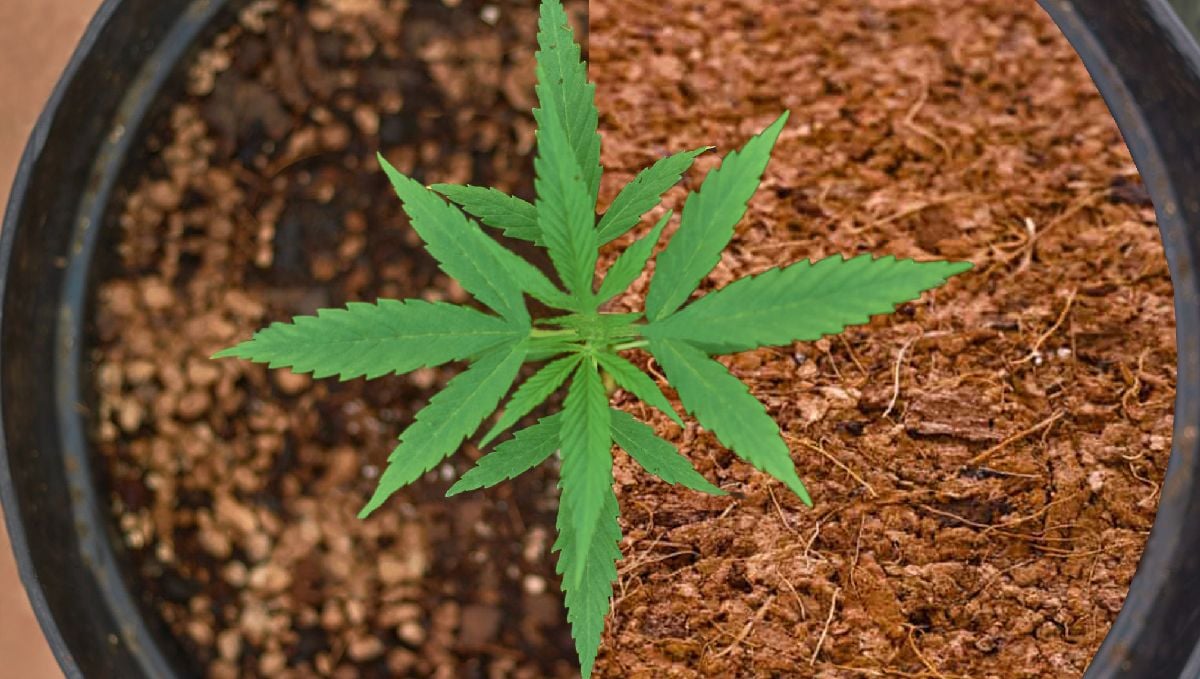
Coco-coir is a soil-less medium made from the outer husk of coconuts. It’s highly absorbent, low in nutrients (actually it is totally inert) and generally easier to maintain than soil. This makes it an ideal substrate for novice growers, who don’t yet want to invest in a full hydroponic grow but want to benefit from some of the same advantages that hydro offers. Coco coir can offer similar growth rates and potency potential as hydroponics because it actually is a hydroponic method. It just acts much more like soil than hydro.
The other option is to mix the two, and this is what we suggest for new cannabis growers. By making a super soil mix that includes coco-coir (plus a range of other amendments), you give the plants pretty much the perfect environment to thrive. The addition of coco to the kix allows for much higher rates of oxygenation sand moisture retention at the root zone, while also massively boosting the drainage capabilities. Other additions that work magic in a soil mix include:
- Worm Castings
- Bat Guano
- Blood Meal
- Bone Meal
- Kelp Meal
- Wood Ash
- Green Sand
- Garden Mulch
- Compost
- Lime
- Perlite
- Vermiculite
- Biochar
Do you need to add all of these amendments to grow cannabis? Nope, not at all. A simple mix of good soil, coco, compost, and perlite will work great. How about the ratio of these ingredients? For a simple, straightforward mix you can use:
- 30 percent soil
- 30 percent coco
- 20 percent compost
- 20 percent perlite
This should give the plants all the nutrients they need up to the fourth or fifth week, and then you can just add a light feed of either organic of synthetic nutes. We usually stick with the organic options for this soil mix, as it lowers any chance of nutrient burn issues and offers the best outcomes for both aroma and flavor. And with organic practices, you don't need to worry about constantly mixing up feed water. It takes a huge amount of work out of it, which is what we want for new growers.
Nutes
For your first grow, skip the nutes and invest your time in selecting the best soil possible. Spend your first grow getting to know the cannabis plant's lifecycle and keep it simple. If you've chosen the right growing medium, your plants shouldn't need any additional nutrition to offer a respectable yield.
As every setup provides different base nutrients, it's impossible for us to make fertilizer recommendations that would apply to all our customers. If you absolutely must use nutrients for your first grow, be sure to ask the manufacturer how to use them with autoflowers.
That's all you need to get started growing! Be sure to follow Fast Buds on Facebook to stay up to date with all the latest grow tips, deals, and giveaways from Fast Buds!








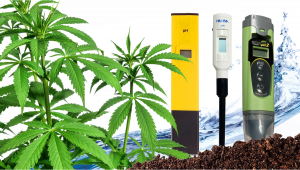


Comments